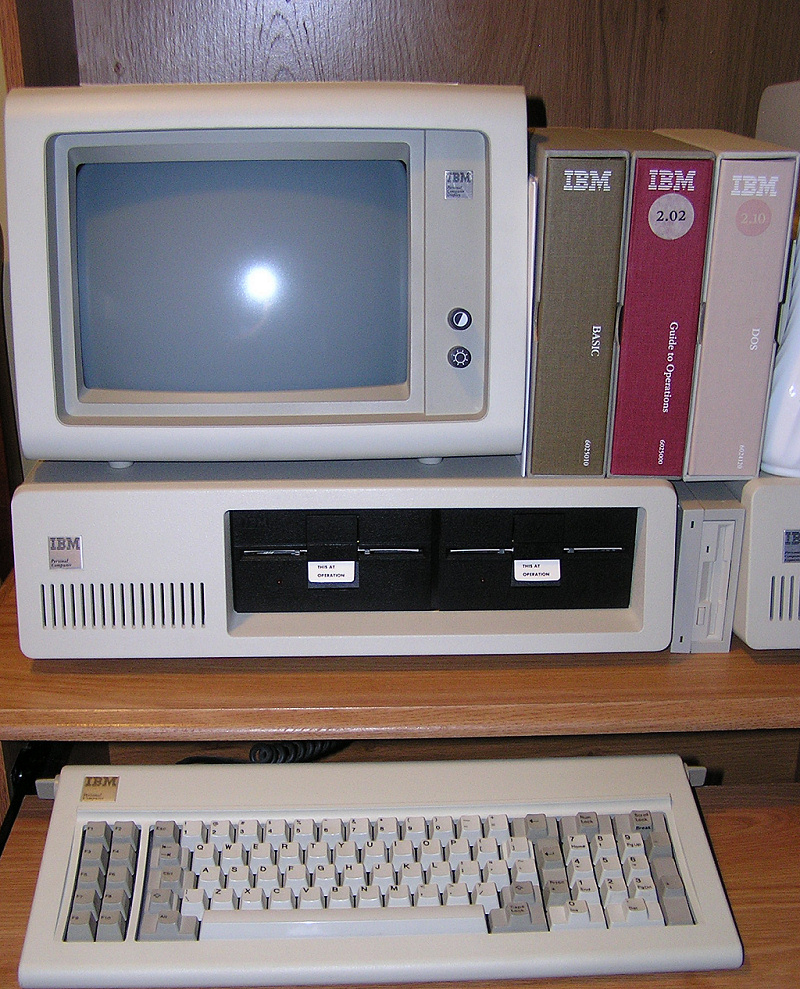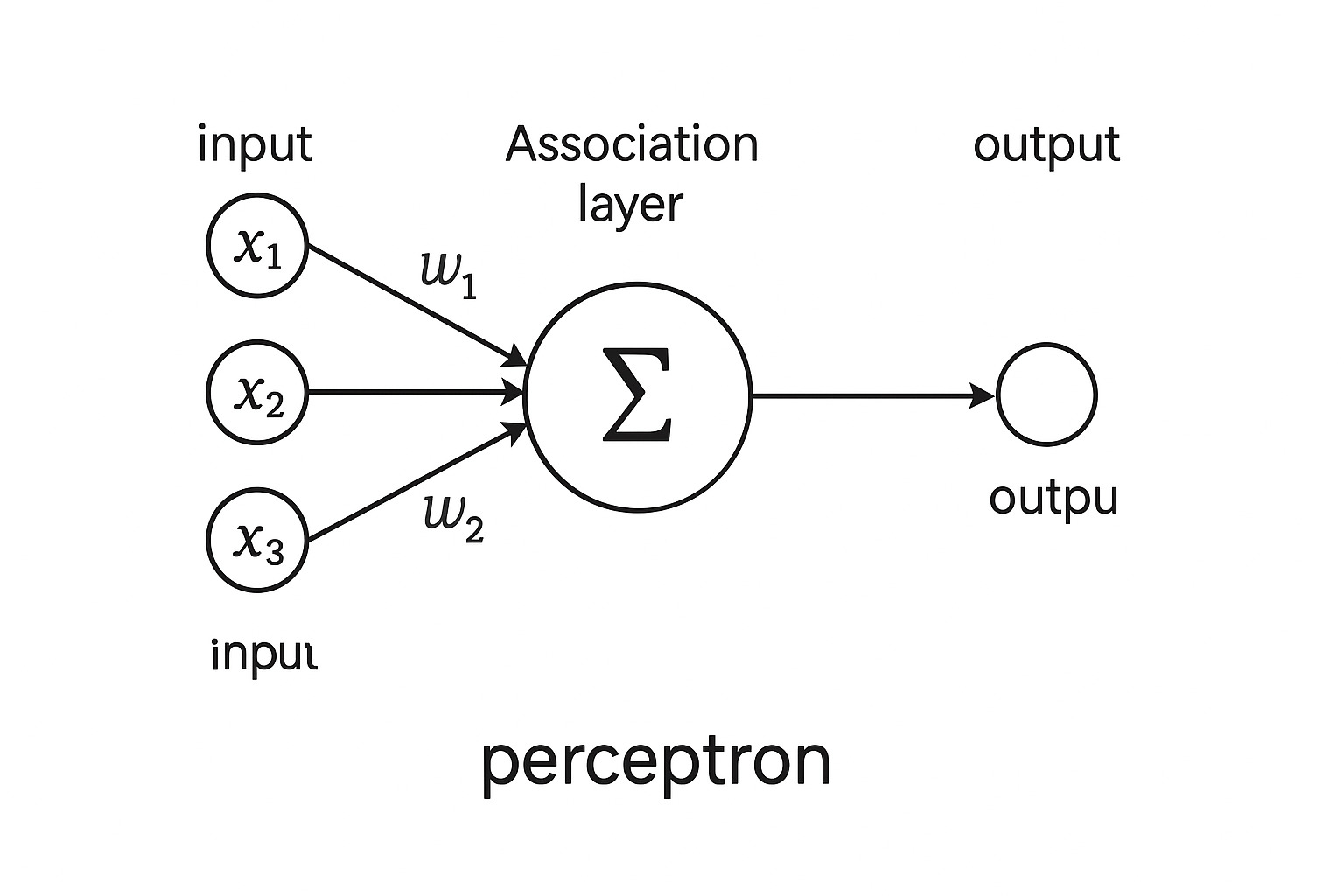Category: Philosophy of AI
-
From Perceptrons to Parallel Minds: The PDP Revolution in Cognitive Science
When we look back at the early history of machine learning, Frank Rosenblatt and Marvin Minsky built the first artificial learning machines in the 1950s. In those early systems, scientists manually designed the connections between the units.Minsky described one such machine as consisting of a retina — an array of binary input units arranged spatially…
Written by

-
Frank Rosenblatt’s Mark I Perceptron: The Birth of Neural Networks
When digital computers appeared in the 1950s, two main approaches emerged about how they should be understood. This debate led to deep and important discussions. One group thought that computers were physical symbol systems that could instantiate formal representations of the world. The other group saw them as simulations of neuronal interactions. One approach was…
Written by

-
How to Create an Artificial Consciousness: Michael Graziano’s Attention Schema Theory
The new LLMs are so sophisticated: they can speak, translate, and do many other things that often impel us to attribute intelligence to them. And to ask the question of whether we might also attribute consciousness to them in the near future. This question immediately leads to the idea that a deep understanding of the…
Written by

-
The Chinese Room and the Question of Machine Understanding: Revisiting John Searle in the Age of LLMs
In his famous work Minds, Brains, and Programs (1980), John Searle formulated a set of responses to the key questions that arise when discussing the ability of machines to think. Weak AI vs. Strong AI At the beginning, Searle makes an important distinction between weak and strong AI. Weak AI refers to machines as tools…
Written by

-
Alan Turing’s Imitation Game
Turing created one of the most brilliant thought experiments in the history of AI: the Imitation Game. Do people think like machines—or not? Alan Turing, alongside his first critic Ludwig Wittgenstein, initiated debates that still resonate today. In this article, let us focus solely on Turing’s landmark 1950 paper. The paper opens with a simple…
Written by

-
Wittgenstein’s Blue and Brown Books: What Can Be Said About Computational Thinking
“Perhaps one of the most outspoken of the pre-test critics was Turing’s close colleague and friend, Ludwig Wittgenstein.” (1, 433) As some accounts suggest, “fundamentally, he really disliked the idea that people were machines.” (1, 434) Empirical Thinking vs Philosophical Critique The central question here is whether it is possible to say that humans compute…
Written by
